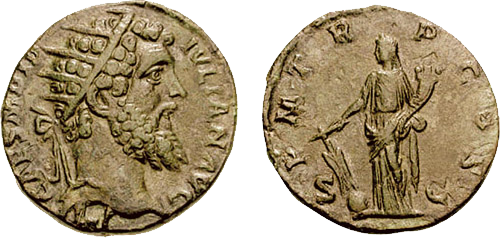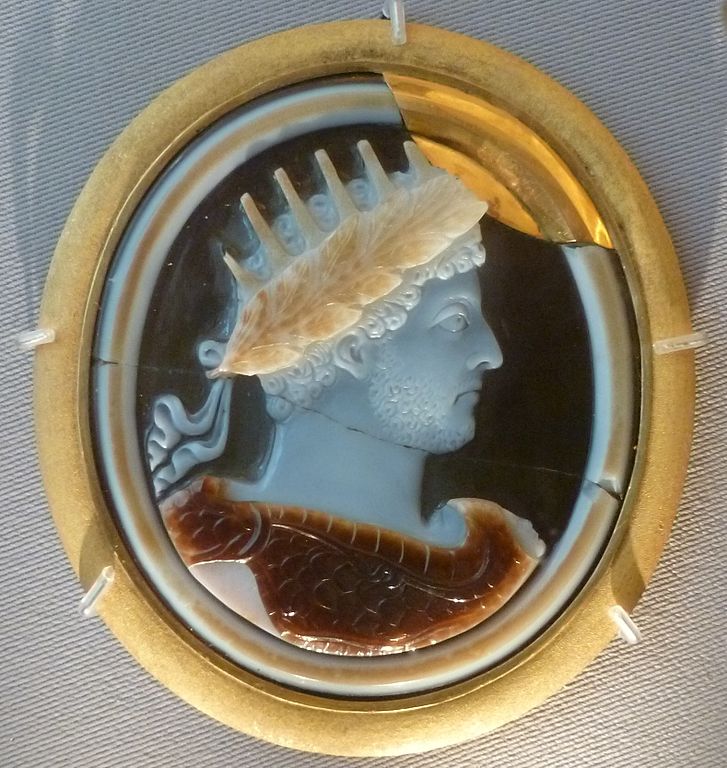It became so bad that the position of emperor was bought and sold at public auction to the highest bidder (The First Four Seals, pg. 25).
“The Praetorians had violated the sanctity of the throne by the atrocious murder of Pertinax; they dishonored the majesty of it by their subsequent conduct. The camp was without a leader … Amidst the wild disorder … the more prudent of the Praetorians, apprehensive that … they should not obtain a just price for so valuable a commodity, ran out upon the ramparts; and, with a loud voice, proclaimed that the Roman world was to be disposed of to the best bidder by public auction.
“This infamous offer, the most insolent excess of military license … reached at length the ears of Didius Julianus, a wealthy senator, who, regardless of the public calamities, was indulging himself in the luxury of the table. His wife and his daughter, his freedmen and his parasites, easily convinced him that he deserved the throne, and earnestly conjured him to embrace so fortunate an opportunity.”
(Dion, L. lxxiii. p. 1234. Herodian, l. ii. p. 63. Hist. August p. 60. Though the three historians agree that it was in fact an auction, Herodian alone affirms that it was proclaimed as such by the soldiers.)
Edward Gibbon, History of the Decline and Fall of the Roman Empire, Vol. 1, Ch. 5, “The Sale of the Empire to Didius Julianus,” Pts. I and II.

